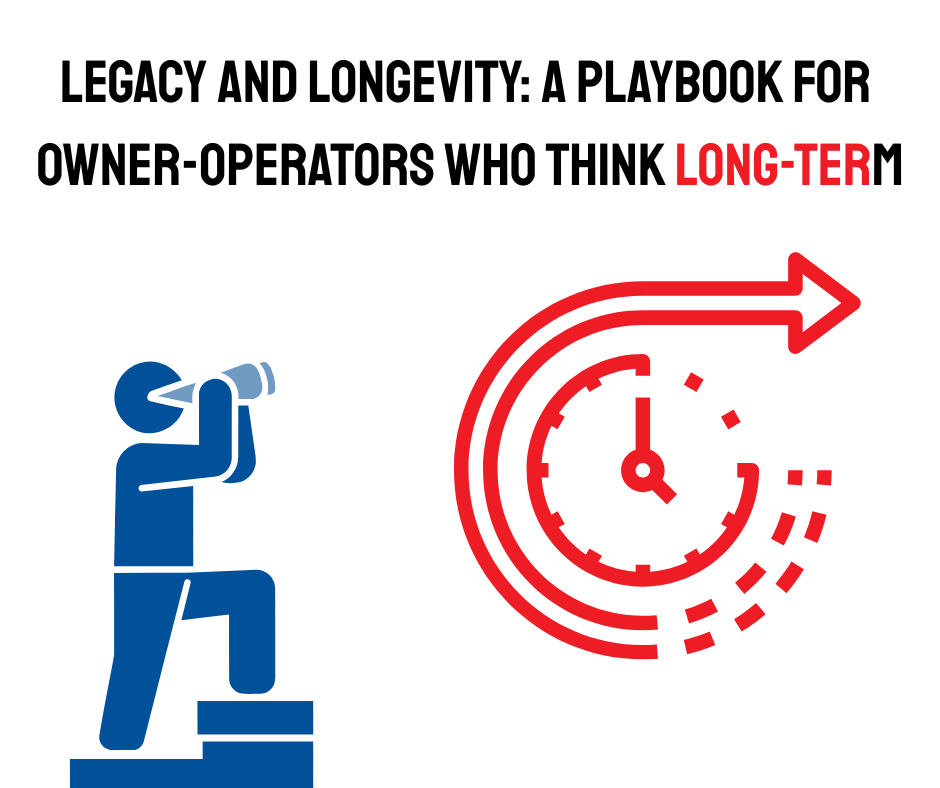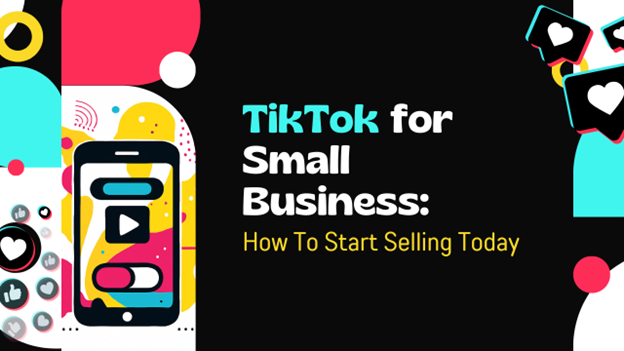7 Key Lessons on Leading Without Formal Authority
Leadership isn’t about titles or authority—it’s about influence. In How to Lead When You're Not in Charge, authors Clay Scroggins and Andy Stanley show how to lead by building trust, cultivating self-discipline, and communicating effectively. With lessons on staying proactive, fostering relationships, and embracing a servant mindset, Scroggins and Stanley provide a roadmap to leading powerfully from any position. Read on to learn seven pivotal lessons discussed in their book.
486 words ~ 2 min. read
7 Key Lessons on Leading Without Formal Authority
In today's complex workplaces, influence is often more impactful than title. How to Lead When You're Not in Charge by Clay Scroggins and Andy Stanley tackles the art of leading from any position, providing actionable insights on how to foster influence and inspire others—even without formal authority.
Here are seven pivotal lessons from the book:
1. Cultivate Self-Leadership
Self-leadership is the bedrock of influence. Scroggins argues that to effectively lead others, you must first master leading yourself. By managing your time, emotions, and energy well, you set an example that garners respect. This foundation makes it easier for others to see you as a credible and trustworthy figure, even without a formal title.
2. Choose Positivity
The power of positivity can’t be overstated. The authors stress that maintaining a constructive attitude, even in challenging circumstances, can uplift team morale. Choosing positivity isn't about ignoring problems; it’s about facing them with resilience and optimism, which influences the team’s energy and collective outlook.
3. Think Critically
Critical thinking is essential for sound decision-making. Scroggins emphasizes that by honing your analytical skills, you can better understand issues, challenge assumptions, and offer insightful solutions. Developing this skill builds respect among colleagues, as they see your capacity to think independently and navigate complexity.
4. Reject Passivity
Passivity breeds stagnation. Scroggins and Stanley advocate for a proactive approach, encouraging readers to recognize and seize opportunities for impact. Instead of waiting for permission or formal recognition, take initiative and demonstrate the value you bring to the team. By showing that you're engaged and solutions-oriented, you influence the direction of projects and inspire others to follow suit.
5. Cultivate Influence Through Relationships
Relationships are at the core of influence. Building trust and rapport with colleagues and leaders creates a network of allies. Scroggins and Stanley provide actionable strategies for nurturing relationships—such as showing genuine interest in others and being reliable. Over time, this network becomes a source of support and leverage for driving change without needing formal power.
6. Communicate Effectively
Effective communication is crucial for rallying others behind your ideas. The authors guide readers on how to craft clear, persuasive messages that resonate. When your words are intentional and engaging, you capture attention and motivate others, making it easier to drive consensus and action.
7. Embrace a Servant Leadership Mindset
A servant leadership approach—focusing on empowering others over personal gain—builds lasting trust and respect. Scroggins and Stanley explain that when you support and elevate your team, they are more likely to reciprocate with loyalty and collaboration. This approach not only strengthens relationships but also fosters a culture where everyone feels valued.
Takeaway
Scroggins and Stanley’s approach to leadership is centered on influence rather than authority. These principles encourage individuals to focus on internal growth, relationship-building, and service to others. By implementing these lessons, you can become a leader who positively impacts the team, whether you have a title or not.
---
The Leavenworth-Lansing Area Chamber of Commerce is a private non-profit organization that aims to support the growth and development of local businesses and our regional economy. We strive to create content that not only educates but also fosters a sense of connection and collaboration among our readers. Join us as we explore topics such as economic development, networking opportunities, upcoming events, and success stories from our vibrant community. Our resources provide insights, advice, and news that are relevant to business owners, entrepreneurs, and community members alike. The Chamber has been granted license to publish this content provided by Chamber Today, a service of ChamberThink Strategies LLC.




